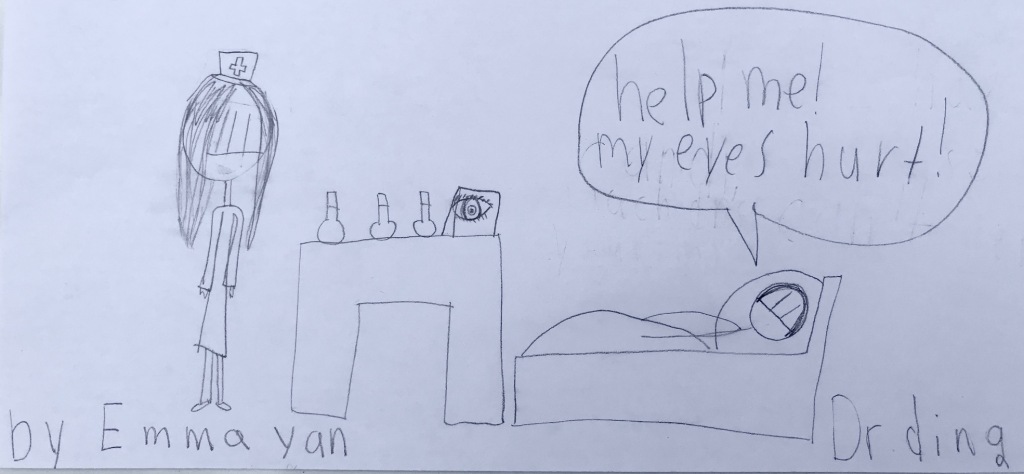The ortho K lens is popularly used to reshape cornea, correct vision and slow myopia progression. Read my previous post here (https://bostoneyeblink.com/2016/09/09/ortho-k-why-do-it-and-is-it-risky/)
People are often concerned about potential side effects or complications of wearing ortho K lenses. We previously discussed that corneal infection is a concern, but proper hygiene and care minimize this risk. It is a hard lens that touches on the cornea, will this have any effect on glaucoma or eye pressure of the eye? A colleague of mine recently saw an 18 year-old patient interested in ortho K for his myopia, who has a family history of glaucoma, and showing some questionable visual field finding himself. My colleague is worried about what ortho K may do to patient’s eye pressure and risk of glaucoma.
First of all, glaucoma is exceedingly uncommon among kids and young adults. Second, even if someone has glaucoma, it is not a contraindication for wearing ortho K lenses. Research has actually shown that wearing ortho K lenses overnight reduced eye pressure slightly [1, 2].
Of course, if you have glaucoma, you need to regularly see your glaucoma doctor to check eye pressure, health status of the optic nerve and visual field function, whether you wear any type of contact lens including ortho K lens or not. But people with or without glaucoma, if eligible for ortho K lenses, can certainly choose to wear them.
References:
[1] M.R. Romano; A. Calossi; F. Romano; G. Ferraioli, Intra–Ocular Pressure After Overnight Orthokeratology, ARVO Annual Meeting Abstract, Investigative Ophthalmology & Visual Science May 2006, Vol.47, 2391
[2] Chang CJ, Yang HH, Chang CA, Wu R, Tsai HY. The influence of orthokeratology on intraocular pressure measurements. Semin Ophthalmol. 2013 Jul;28(4):210-5. doi: 10.3109/08820538.2013.768679. Epub 2013 Apr 29. PMID: 23627528.


